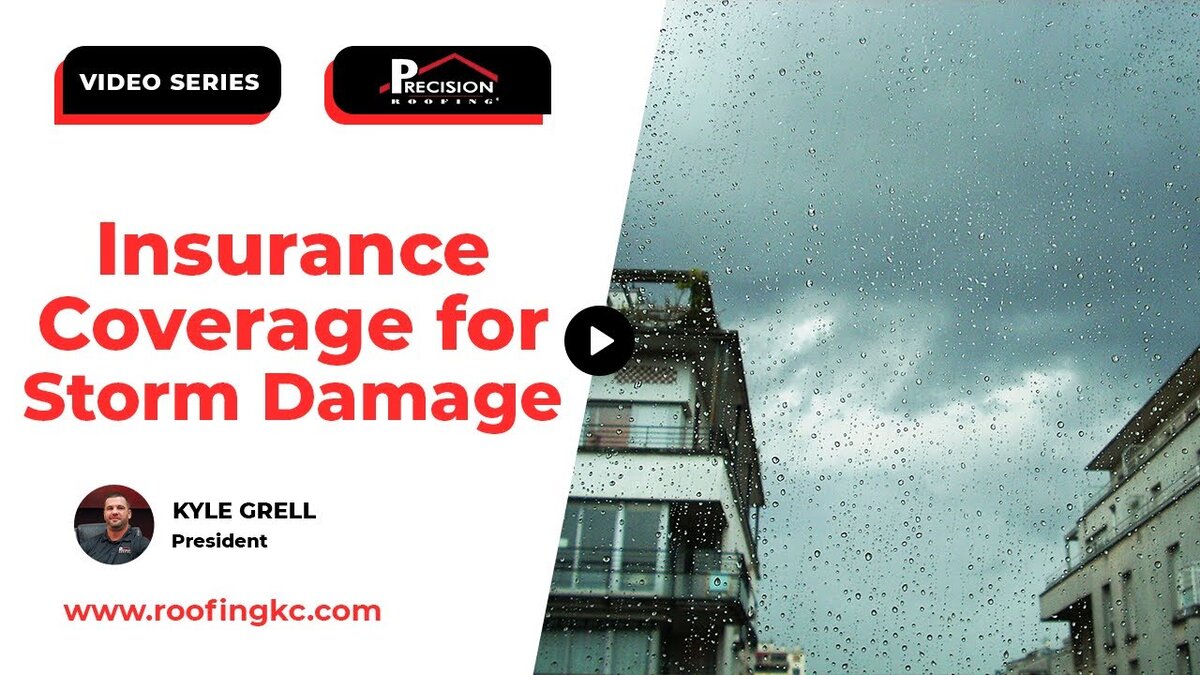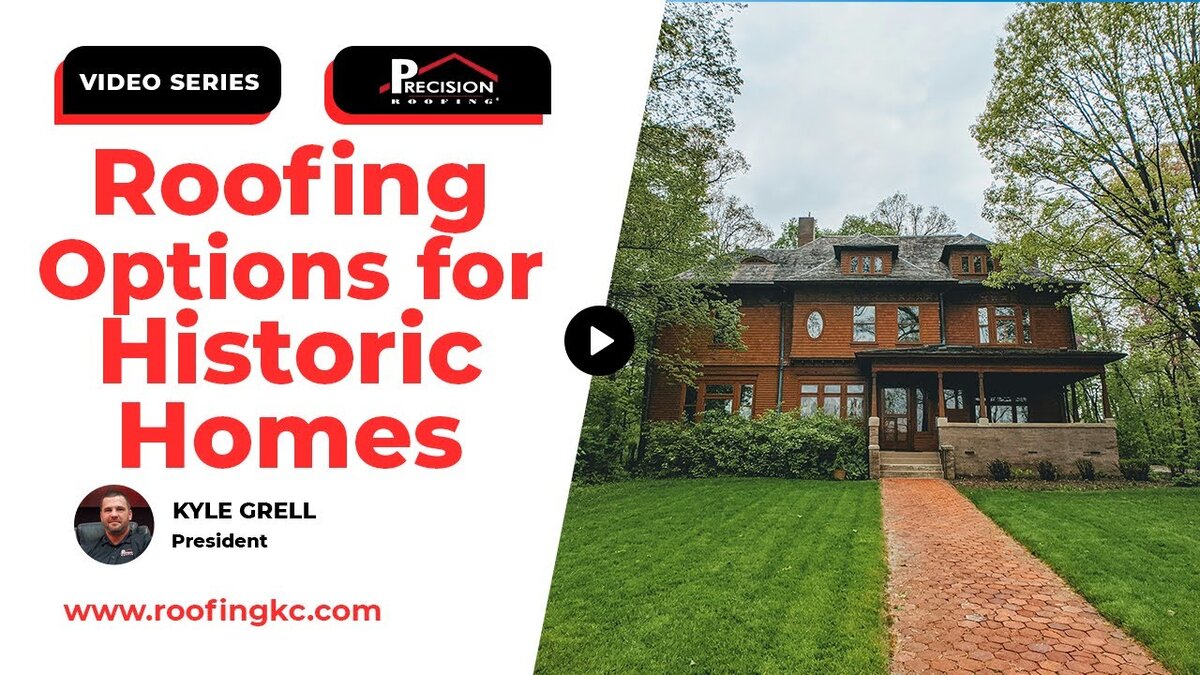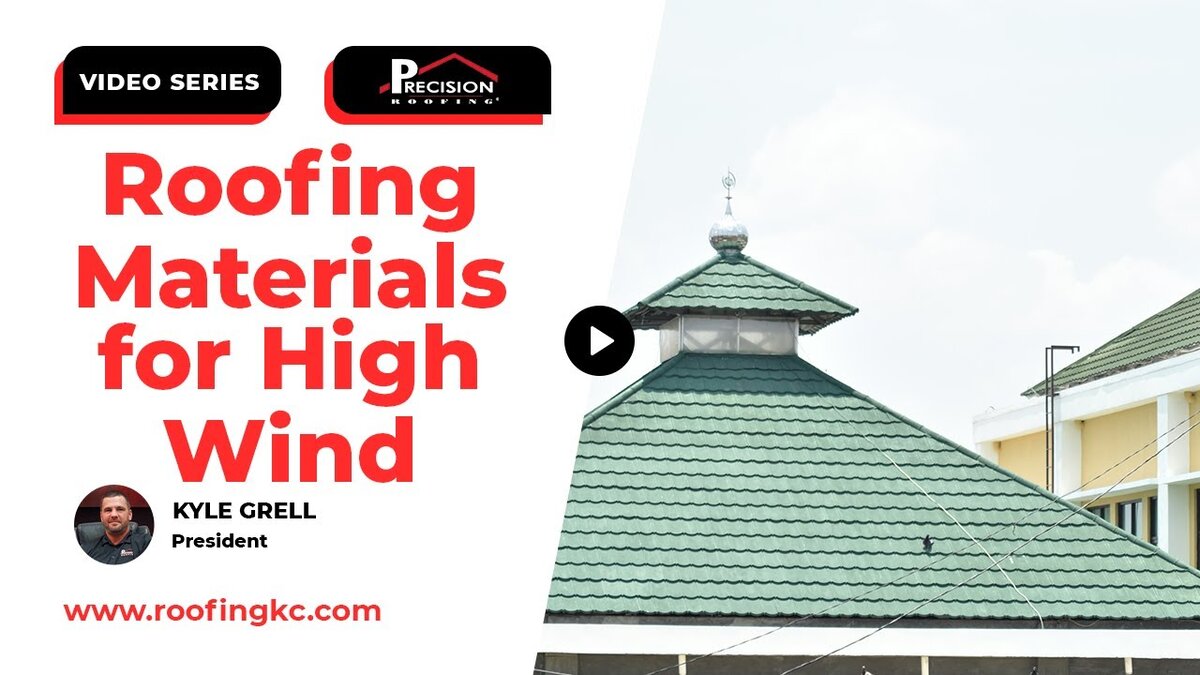Selecting the right shingles is an important decision for your home. The type of roofing shingles you choose will impact your home’s durability, energy efficiency, and overall appearance. With so many options available, it’s essential to understand the differences in materials, costs, and performance.
This guide breaks down key factors to consider, including standard versus high-end shingles, how climate affects roofing choices, the role of shingle color, and balancing cost with performance. By the end, you’ll have the information you need to make the best choice for your home.
Standard vs. High-End Roofing Options
One of the first things to decide when choosing roofing shingles is whether you want a standard option or something more high-end. Let’s break down what that means:
Standard Architectural Shingles
Standard residential architectural shingles are a popular choice for many homeowners. They look great, perform well, and blend in with most neighborhoods. These shingles are affordable and reliable, making them a solid choice for those who want a clean, classic look without breaking the bank.
High-End Shingles
If you’re looking to elevate the appearance of your home and create something unique, upgrading to high-end shingles might be worth considering. High-end options like synthetic shingles offer premium aesthetics and performance. For example, Brava shingles come in a variety of styles, including barrel tiles and slate tiles. These shingles are ideal for high-end homes where you want to differentiate your property from the rest.
Key Consideration:
The choice between standard and high-end shingles comes down to your budget and personal preferences. If standing out is important, investing in premium shingles is a great way to achieve that.
Climate and Roofing Choices
Your local climate plays a significant role in determining the best type of roofing shingles for your home. While many homeowners worry about shingles sealing properly in different weather conditions, it ultimately depends on proper installation.
Asphalt Shingles for Moderate Climates
For most climates, asphalt shingles from reputable manufacturers will perform well. These shingles are designed to seal properly when installed by experienced professionals, ensuring long-lasting durability.
High-Wind Areas
If you live in an area prone to high winds, such as open countryside, we recommend opting for metal roofs or synthetic slate shingles. These materials have a higher wind resistance compared to standard asphalt shingles. Metal roofs, in particular, come with wind warranties of up to 70 mph and use a fastening pattern that reduces the risk of blow-off.
Pro Tip: For homes in high-wind areas, choosing shingles with interlocking systems and additional fasteners can provide extra peace of mind.
Roofing Shingle Color and Thermal Transfer
A common misconception we hear from customers is that dark-colored shingles will increase cooling costs in the summer and decrease heating efficiency in the winter. However, that’s not entirely accurate.
The truth is, if your home has the proper amount of insulation and is up to code, the color of your roofing shingles won’t significantly impact your energy bills. There simply isn’t enough thermal transfer through a properly insulated roof for the color to make a noticeable difference.
Choosing the Right Color
Instead of worrying about energy efficiency, focus on picking a shingle color that complements your home’s exterior. Here are a few tips:
- Match Your Home’s Style: Light-colored shingles can create a clean, modern look, while darker colors give a classic, timeless appeal.
- Consider Neighborhood Trends: While it’s great to stand out, you don’t want your roof to clash with neighboring homes.
- Think Long-Term: Choose a color that you’ll be happy with for years to come.
Balancing Budget and Performance
Every roofing project comes with budget constraints, so it’s important to balance cost with performance. Here are some factors to consider:
Cost Factors:
- Material: Standard asphalt shingles are generally the most affordable option, while metal and synthetic shingles can cost significantly more.
- Installation: Premium shingles often require more complex installation, which can add to labor costs.
- Longevity: While high-end shingles come with a higher upfront cost, they tend to last longer, which can save money on future repairs and replacements.
Performance Considerations:
- Durability: High-end shingles typically offer better durability, making them ideal for harsh weather conditions.
- Warranty: Premium shingles often come with extended warranties, providing extra peace of mind.
In Summary
Choosing the right type of roofing shingles for your home involves understanding your budget, climate, and personal style preferences. Whether you opt for standard architectural shingles or decide to upgrade to a high-end option like synthetic slate, proper installation is key to ensuring long-lasting performance.
If you’re ready to start your roofing project or have more questions about the best shingles for your home, contact us today. Our team at Precision Roofing is here to guide you every step of the way, from selection to installation.




